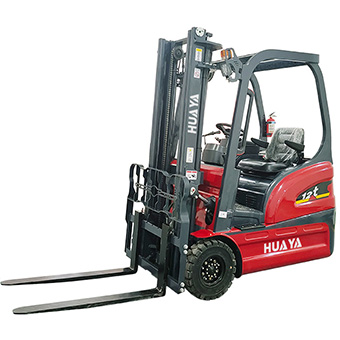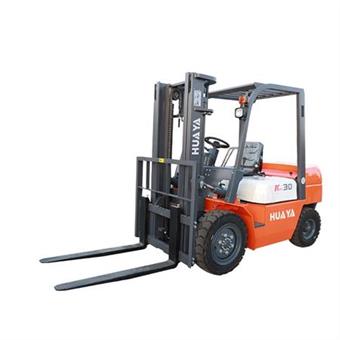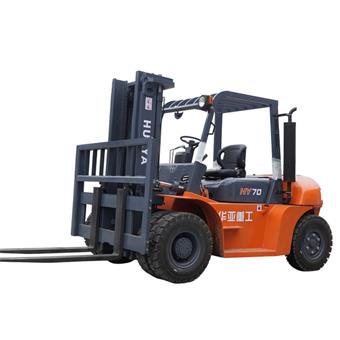
News
Material handling equipment is essential for efficiently moving, storing, and managing materials in various industries. Understanding the four main groups of material handling equipment can help businesses optimize their operations, reduce costs, and improve safety.

Transport equipment is used to move materials from one location to another within a facility or between different sites. Forklifts are among the most versatile and widely used transport equipment in various industries.
Forklifts come in different models, including electric, diesel, and gas-powered, each suited for different environments and applications. They are designed to handle heavy loads and provide stability during transportation.
Electric Forklifts: Ideal for indoor use in warehouses and manufacturing plants due to their quiet operation and zero emissions.
Diesel Forklifts: Suitable for outdoor use in construction sites and heavy industries where higher lifting capacities are needed.
Gas-Powered Forklifts: Versatile for both indoor and outdoor use, offering a balance between power and emissions.
High stability and load capacity.
Versatile usage across various industries.
Enhanced maneuverability and operator comfort.
Storage equipment is used to hold or buffer materials over a period of time. Forklifts play a crucial role in managing and organizing storage spaces efficiently.
Forklifts are essential for transporting and stacking materials onto storage racks, shelves, and containers. Their ability to lift and place heavy loads accurately makes them invaluable in maintaining an organized and accessible storage system.
Pallet Racks: Used for storing palletized goods, often stacked high to maximize vertical space.
Cantilever Racks: Ideal for long or bulky items such as lumber and pipes.
Drive-In Racks: Allow forklifts to drive directly into the rack structure for loading and unloading.
Efficient use of vertical space.
Quick and safe loading and unloading.
Reduced risk of damage to stored materials.
Positioning equipment is used to handle materials at a single location, ensuring that they are in the correct position for subsequent handling, machining, transport, or storage. Forklifts excel in this role due to their precise control and lifting capabilities.
Forklifts can be equipped with various attachments to handle specific positioning tasks. This versatility allows them to perform functions beyond simple lifting and transporting.
Side Shifters: Allow the forklift to move loads side to side for precise placement.
Rotators: Enable the forklift to rotate loads, useful in industries such as recycling and waste management.
Fork Positioners: Adjust the distance between forks to handle different pallet sizes.
Enhanced precision in material handling.
Increased safety and ergonomics for operators.
Versatility with multiple attachment options.
Unit load formation equipment is used to restrict materials so that they maintain their integrity when handled as a single load during transport and storage. Forklifts are integral to this process, particularly in the handling of pallets and containers.
Forklifts are designed to handle unit loads efficiently, whether stacking pallets or moving large containers. Their robust design and lifting capacity make them ideal for forming and transporting unit loads.
Pallet Handling: Stacking and transporting palletized goods.
Container Handling: Moving large containers in shipping and logistics.
Load Wrapping: Ensuring loads are securely wrapped for stability during transport.
Improved stability and protection of goods.
Efficient handling of large and heavy unit loads.
Increased productivity in material transport.
Material handling equipment refers to tools and machines used to move, store, control, and protect materials throughout the manufacturing, distribution, consumption, and disposal processes.
Forklifts offer high stability, versatility, and load capacity, making them essential for efficient material handling across various industries.
Consider the type and weight of materials, the operating environment, power source (electric, diesel, or gas), and specific operational needs.
Yes, many manufacturers offer customized solutions with various attachments and specifications to meet specific industry requirements and operational challenges.
Understanding the four main groups of material handling equipment—transport equipment, storage equipment, positioning equipment, and unit load formation equipment—with a focus on forklifts can significantly improve your operational efficiency. By selecting the right forklift and attachments for your needs, you can optimize your workflow, reduce costs, and enhance safety in your facility.



